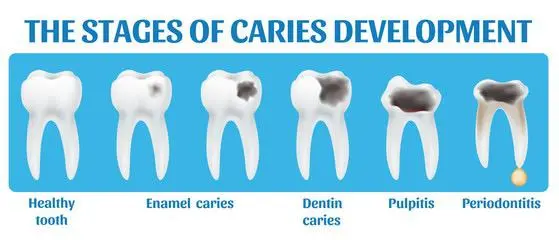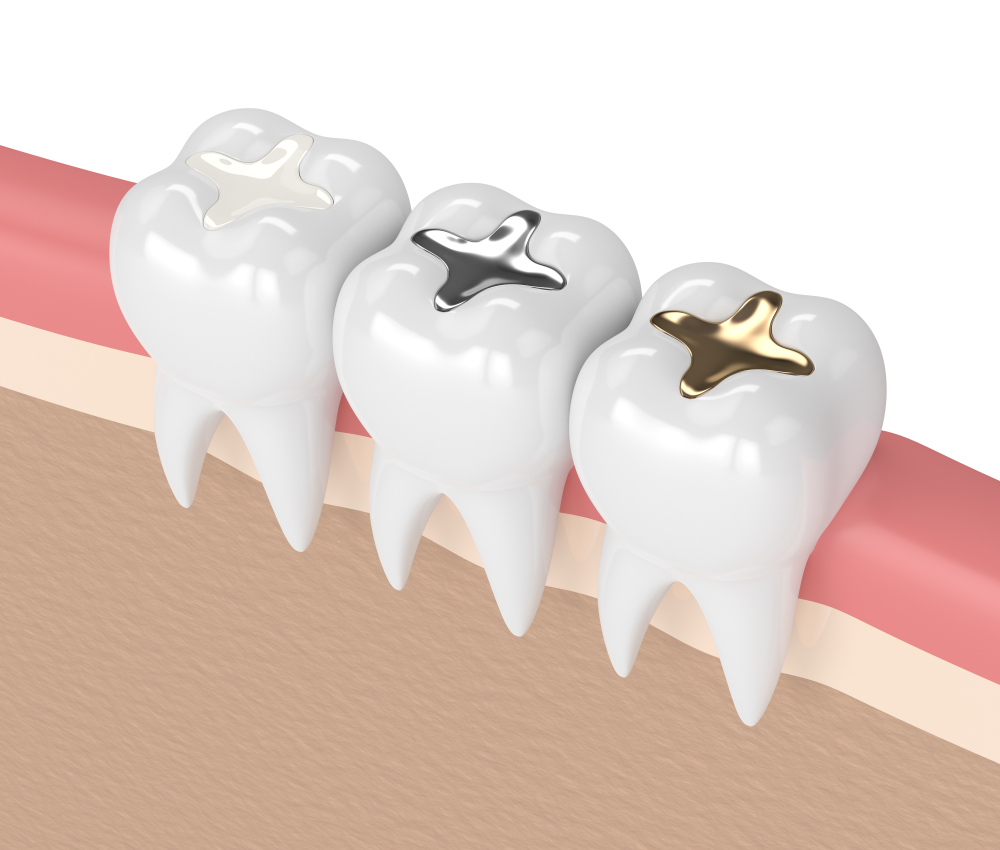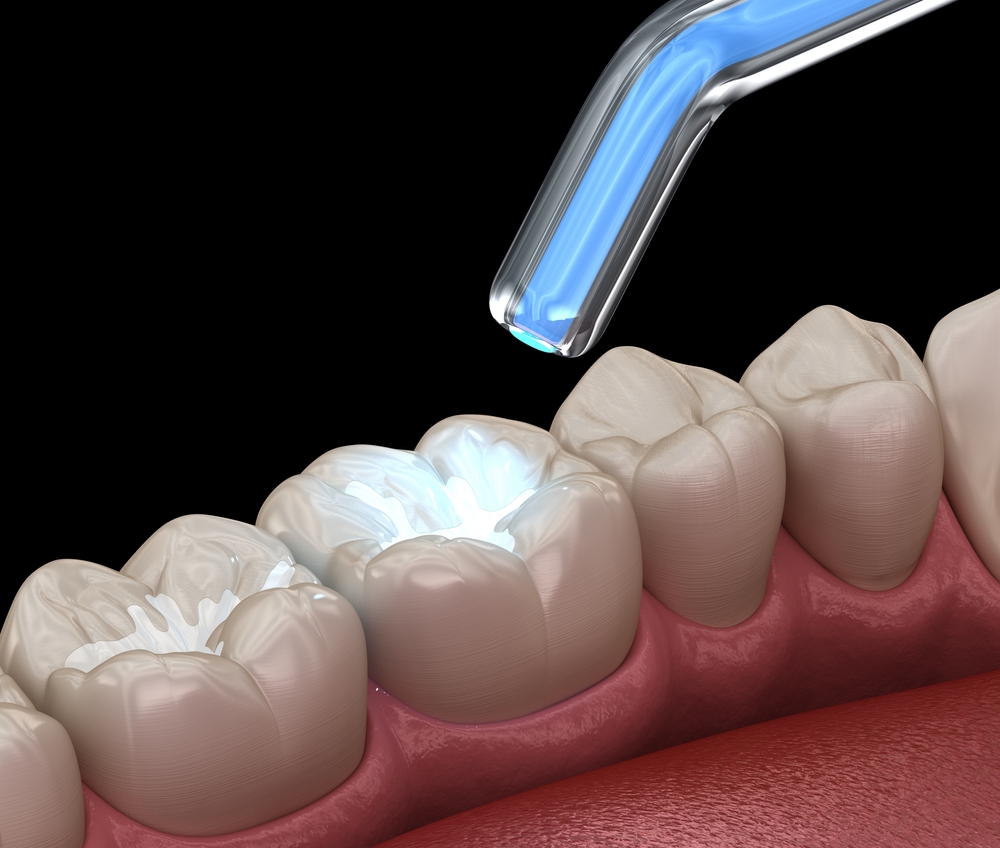Management of Tooth Decay
Tooth decay, also known as dental caries, is a bacterial infection that causes demineralization or breakdown of tooth enamel, leading to cavities. It is a progressive condition which can lead to pain, infection and even tooth loss if left untreated. For effective care, many patients search for tooth decay treatment in Indiranagar to prevent complications.
Let’s understand the stages of dental cavity progression which can help you take preventive measures and seek timely treatment.
Stages of Dental Caries/Cavity

How are cavities filled/restored?
The lost tooth structure must be restored back to function. It involves 3 steps
- Removal of decay: Scooping out the decayed portion with a dental drill or hand instrument
- Preparation: Shaping and smoothening the walls of the cavity the tooth for filling.
- Filling material: Placing a filling material (e.g., amalgam, composite resin, gold).
- Shaping and polishing: Shaping and polishing the filling to restore the tooth form, function and aesthetics.


Types of Restoration/Fillings
- Filling or restoration: Used to repair small cavities or decay
- Inlays: Custom made fillings made of ceramic, gold or composite used to repair a large cavity.
- Onlays: A custom-made dental restoration that covers a larger portion of the tooth than inlay. Its designed to repair extensive decay and restore and strengthen the tooths form and structure.
- Crowns: Cap entire tooth, restoring shape,size and function. Visit page Crowns and bridges to learn more.
- Bridge or Implant: If the tooth has been removed, it should be replaced with a bridge or implant.
What are the different types of materials used for filling a tooth?
In conclusion “Prevention is Key”!
– Brush and floss regularly
– Limit sugary and acidic foods/drinks
– Visit your dentist for regular check-ups and cleanings
Early detection and tooth decay treatment can save your teeth and prevent more severe problems. If you suspect dental caries, consult your dentist today!
FAQs
A dental filling is a material used to restore a tooth damaged by decay or trauma.
Common types include composite (tooth-colored), amalgam (silver), inlays, and onlays.
Your dentist will recommend the most suitable material based on the tooth's location, extent of damage, and your preferences.
Yes, composite fillings match your natural tooth color.
Yes, amalgam fillings are safe and have been used for decades.
Fillings can last 5-15 years or more, depending on material and oral care.
Local anesthesia ensures minimal discomfort during the procedure.
Wait until the anesthesia wears off, then resume normal eating habits.
Practice good oral hygiene, avoid hard foods, and visit your dentist regularly.
Yes, they are custom-made and more expensive but offer superior durability and aesthetics.
Blogs
- All Posts
- Tooth Decay Treatment





